Alberta
Alberta, Ontario premiers blast gov’t minister for remarks on slashing federal funds for new roads
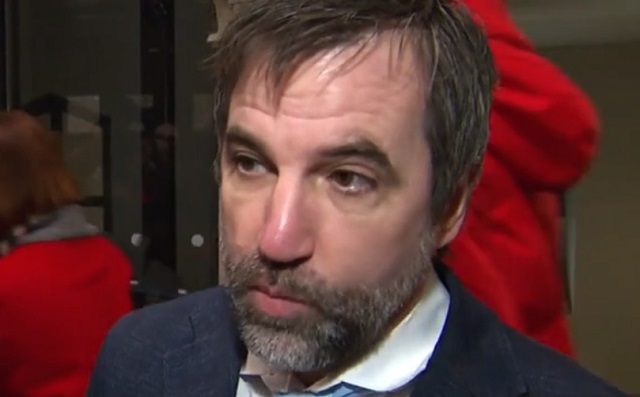
From LifeSiteNews
Danielle Smith suggested that Environment Minister Steven Guilbeault ‘return to the real world’ and Doug Ford said his province will build roads on its own.
Premiers Danielle Smith of Alberta and Doug Ford of Ontario tore into Canadian Environment Minister Steven Guilbeault after he said the federal government would no longer fund any road construction projects and instead funnel the savings to “climate change” projects that promote people walk instead of drive.
“So now our Environment Minister wants to cut federal funding for roads … because we should all just walk more,” Smith wrote on X (formerly Twitter) Tuesday in reaction to a news report about the minister’s comments.
“Does this minister understand that most Canadians don’t live in downtown Montreal? Most of us can’t just head out the door in the snow and rain and just walk 10km to work each day.”
Smith then said to Guilbeault, “Can we return to the real world Minister @s_guilbeault?”
So now our Environment Minister wants to cut federal funding for roads…because we should all just walk more.
Does this minister understand that most Canadians don’t live in downtown Montreal? Most of us can’t just head out the door in the snow and rain and just walk 10km to… pic.twitter.com/gkX5TTtd91
— Danielle Smith (@ABDanielleSmith) February 13, 2024
Guilbeault made the comments on Tuesday at a transit conference in Montreal, saying, “Our government has made the decision to stop investing in new road infrastructure.”
“Of course we will continue to be there for cities, provinces and territories to maintain the existing network, but there will be no more envelopes from the federal government to enlarge the road network,” he added.
Smith has been battling the minister for the last few months over his extreme climate change policies that seek to destroy Alberta’s oil and gas sector.
Guilbeault’s reasoning for stopping funding to build roads was that according to an “analysis” his office did the current network is “perfectly adequate to respond to the needs we have” and that investing in public transit can help them achieve his “goals of economic, social and human development without more enlargement of the road network.”
On Wednesday, Guilbeault tried to backtrack on his Tuesday comment about roads, saying he was only referring to the federal government’s plan to stop funding only some road projects.
Ford says he is ‘gobsmacked’ by Guilbeault’s road defunding comments
Ford said his province would continue to build roads on its own.
“I’m gobsmacked. A federal minister said they won’t invest in new roads or highways,” Ford wrote on X.
“He doesn’t care that you’re stuck in bumper to bumper traffic. I do. We’re building roads and highways, with or without a cent from the feds.”
Saskatchewan Premier Scott Moe also took a shot at Guilbeault, saying the federal government would no longer fund new road projects and that the minister is “out of touch” with “reality.”
“Millions for ArriveCan, not one more federal dollar for new roads. Guilbeault wants us all to walk everywhere. The Trudeau government gets more out of touch with reality every day,” Moe wrote Wednesday on X.
The reality is that Canada, the second largest country in the world by land mass, has only one four-lane highway that connects the West Coast to the East. However, the TransCanada highway past Manitoba goes down to only two lanes.
To date, the federal government under Prime Minister Justin Trudeau has spent about $30 billion in promoting public transit as well as approximately $400 million to promote walking, e-bikes, roller blades, cycling, and other transportation means, which for most of the year due to winter are not feasible for most.
Also, the Trudeau government has attacked gasoline and diesel cars, even though Guilbeault said on Tuesday that “(w)e must stop thinking that electric cars will solve all our problems.”
Just before Christmas, Guilbeault announced the “Electric Vehicle Availability Standard.” The plan is to mandate that all new cars and trucks by 2035 be electric, which would in effect ban the sale of new gasoline- or diesel-only powered vehicles after that year.
Smith noted that when it comes to Trudeau’s EV mandate, “Ottawa is trying to force increased demands on the electricity grid while simultaneously weakening Alberta’s and other provinces’ grids through their federal electricity regulations.”
Since taking office in 2015, Trudeau has continued to push a radical environmental agenda like the agendas being pushed the World Economic Forum’s “Great Reset” and the United Nations’ “Sustainable Development Goals.”
The reduction and eventual elimination of the use of so-called “fossil fuels” and a transition to unreliable “green” energy has also been pushed by the World Economic Forum – the globalist group behind the socialist “Great Reset” agenda – an organization in which Trudeau and some of his cabinet are involved.
The reality of Trudeau’s push for so-called renewable energy showed itself just over a month ago after Alberta’s power grid faced near certain collapse due to a failure of wind and solar power. Many called out the Trudeau government’s green energy agenda that is attempting to phase out carbon-based power in favor of “renewables” as the reason for the near failure.
Alberta
Temporary Alberta grid limit unlikely to dampen data centre investment, analyst says
From the Canadian Energy Centre
By Cody Ciona
‘Alberta has never seen this level and volume of load connection requests’
Billions of investment in new data centres is still expected in Alberta despite the province’s electric system operator placing a temporary limit on new large-load grid connections, said Carson Kearl, lead data centre analyst for Enverus Intelligence Research.
Kearl cited NVIDIA CEO Jensen Huang’s estimate from earlier this year that building a one-gigawatt data centre costs between US$60 billion and US$80 billion.
That implies the Alberta Electric System Operator (AESO)’s 1.2 gigawatt temporary limit would still allow for up to C$130 billion of investment.
“It’s got the potential to be extremely impactful to the Alberta power sector and economy,” Kearl said.
Importantly, data centre operators can potentially get around the temporary limit by ‘bringing their own power’ rather than drawing electricity from the existing grid.
In Alberta’s deregulated electricity market – the only one in Canada – large energy consumers like data centres can build the power supply they need by entering project agreements directly with electricity producers.
According to the AESO, there are 30 proposed data centre projects across the province.
The total requested power load for these projects is more than 16 gigawatts, roughly four gigawatts more than Alberta’s demand record in January 2024 during a severe cold snap.
For comparison, Edmonton’s load is around 1.4 gigawatts, the AESO said.
“Alberta has never seen this level and volume of load connection requests,” CEO Aaron Engen said in a statement.
“Because connecting all large loads seeking access would impair grid reliability, we established a limit that preserves system integrity while enabling timely data centre development in Alberta.”
As data centre projects come to the province, so do jobs and other economic benefits.
“You have all of the construction staff associated; electricians, engineers, plumbers, and HVAC people for all the cooling tech that are continuously working on a multi-year time horizon. In the construction phase there’s a lot of spend, and that is just generally good for the ecosystem,” said Kearl.
Investment in local power infrastructure also has long-term job implications for maintenance and upgrades, he said.
“Alberta is a really exciting place when it comes to building data centers,” said Beacon AI CEO Josh Schertzer on a recent ARC Energy Ideas podcast.
“It has really great access to natural gas, it does have some excess grid capacity that can be used in the short term, it’s got a great workforce, and it’s very business-friendly.”
The unaltered reproduction of this content is free of charge with attribution to the Canadian Energy Centre.
Alberta
Alberta Next: Taxation
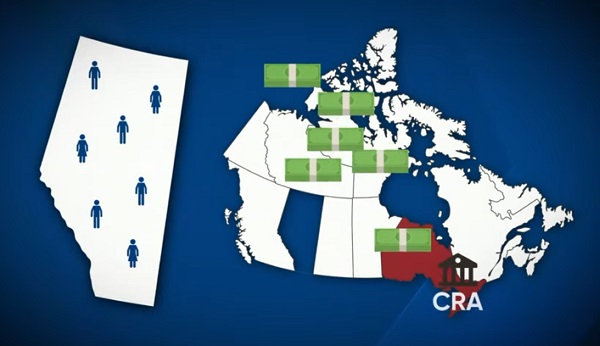
A new video from the Alberta Next panel looks at whether Alberta should stop relying on Ottawa to collect our provincial income taxes. Quebec already does it, and Alberta already collects corporate taxes directly. Doing the same for personal income taxes could mean better tax policy, thousands of new jobs, and less federal interference. But it would take time, cost money, and require building new systems from the ground up.
-
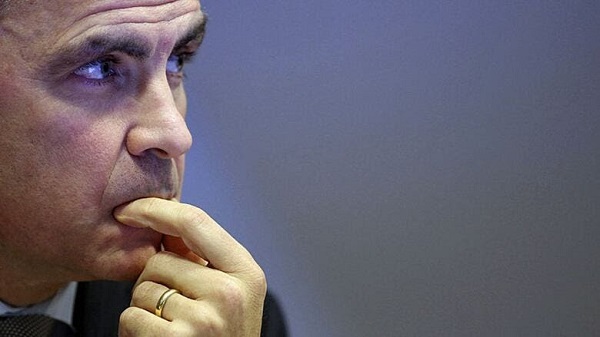
 Business1 day ago
Business1 day agoCarney government should apply lessons from 1990s in spending review
-

 Business1 day ago
Business1 day agoTrump to impose 30% tariff on EU, Mexico
-
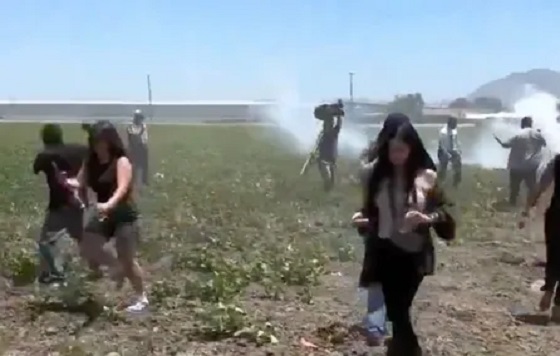
 illegal immigration2 days ago
illegal immigration2 days agoICE raids California pot farm, uncovers illegal aliens and child labor
-

 Entertainment1 day ago
Entertainment1 day agoStudy finds 99% of late-night TV guests in 2025 have been liberal
-
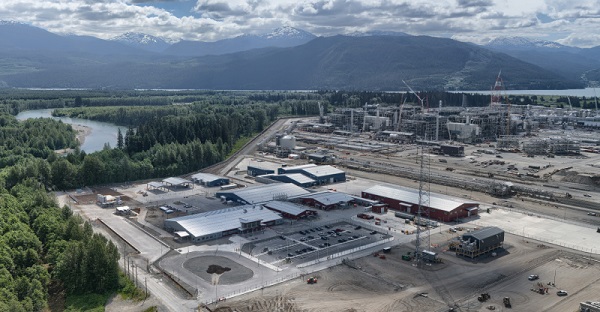
 Energy1 day ago
Energy1 day agoLNG Export Marks Beginning Of Canadian Energy Independence
-

 Frontier Centre for Public Policy14 hours ago
Frontier Centre for Public Policy14 hours agoCanada’s New Border Bill Spies On You, Not The Bad Guys
-

 Uncategorized13 hours ago
Uncategorized13 hours agoCNN’s Shock Climate Polling Data Reinforces Trump’s Energy Agenda
-

 Opinion6 hours ago
Opinion6 hours agoPreston Manning: Three Wise Men from the East, Again



